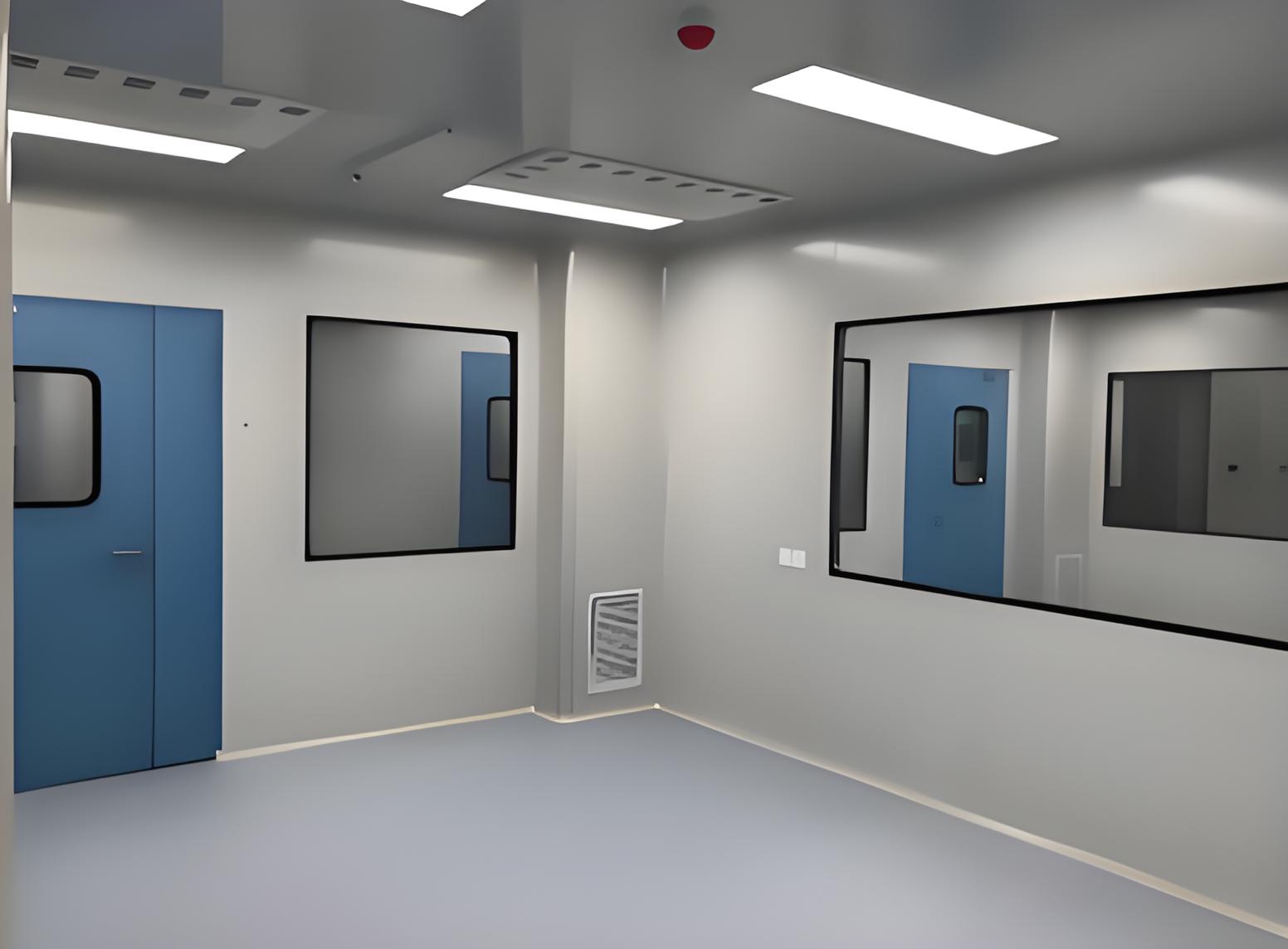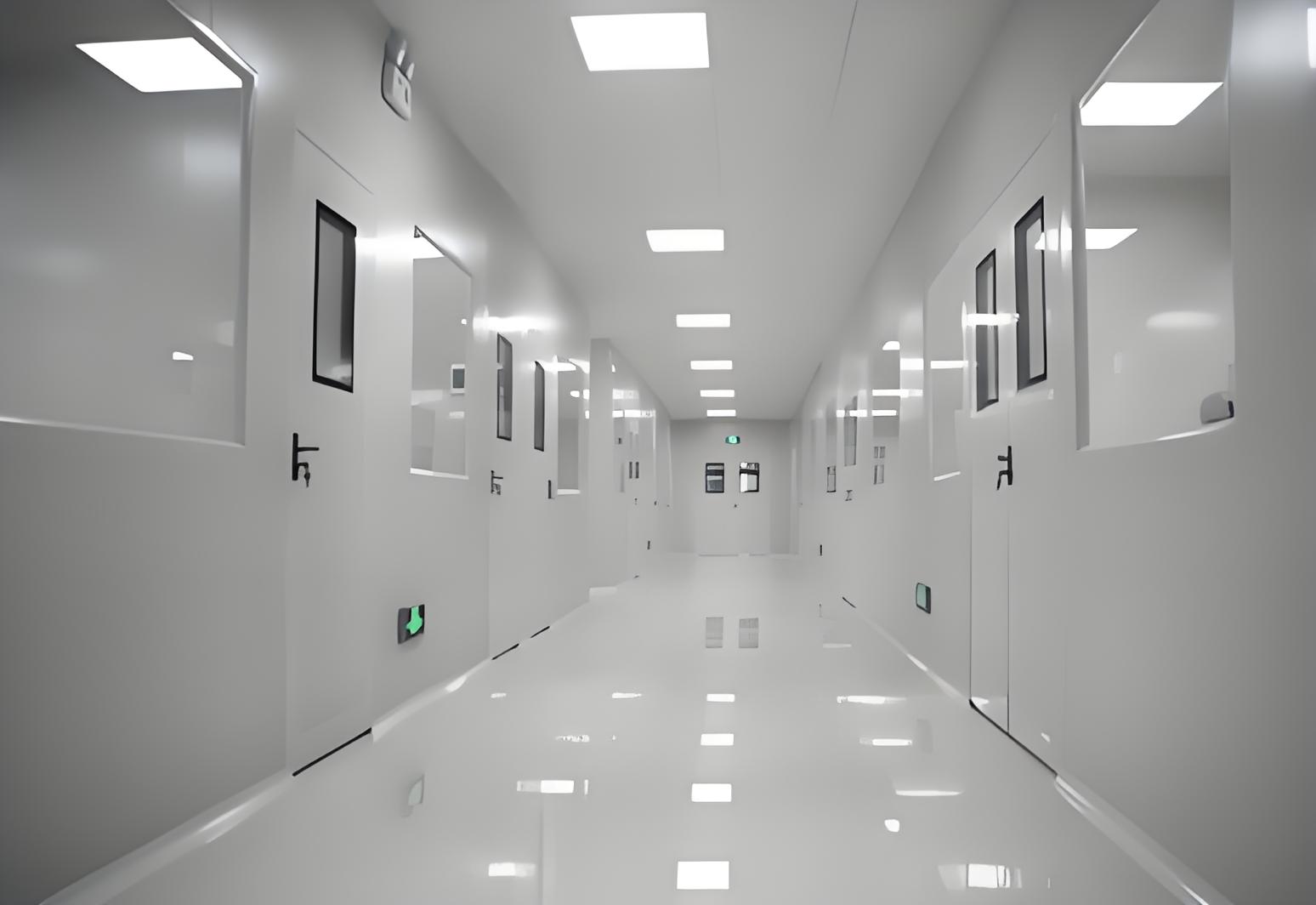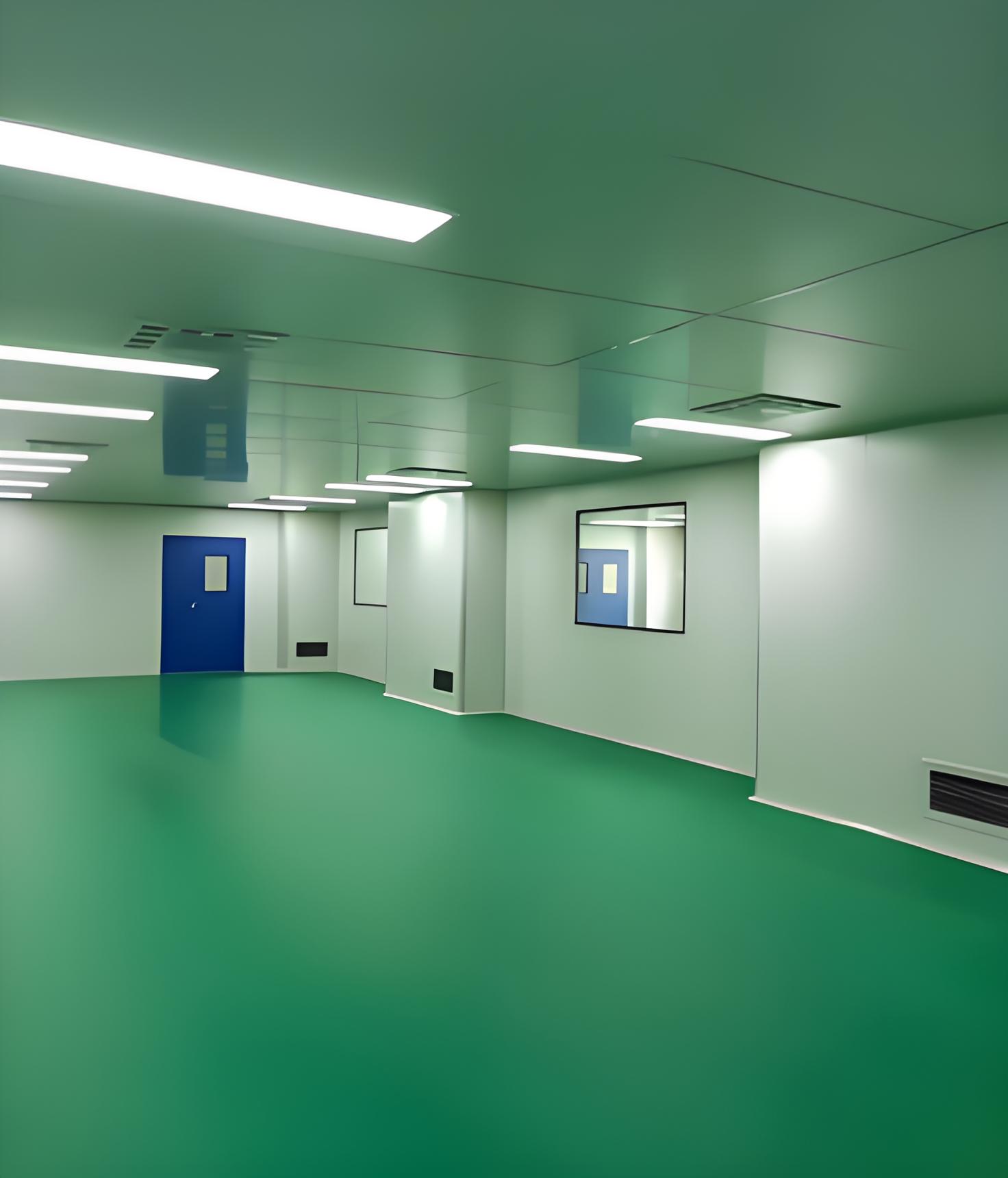




In the highly regulated medical device industry, the success of any Medical Device Purification Project is paramount. This process, critical for ensuring patient safety and product efficacy, is intrinsically tied to the environments where devices are manufactured, assembled, and packaged. A robust purification strategy cannot exist without a foundation of superior facility design and strict regulatory adherence. This article delves into the critical components of a successful project, exploring the intricacies of Medical Device Cleanroom Engineering, the non-negotiable requirements of Medical Device GMP Facility Compliance & Build-out, the challenges of GMP Facility Upgrade and Cleanroom Expansion for Class II Medical Devices, and the advantages of opting for a Cleanroom Turnkey Project. We will also examine the common pitfalls that can derail these complex initiatives.

A Medical Device Purification Project encompasses the entire strategy and series of processes designed to eliminate contaminants, impurities, and pyrogens from medical devices to ensure they are safe for patient use. While the term often focuses on the cleaning and sterilization processes themselves (e.g., ultrasonic cleaning, passivation, sterile rinsing, depyrogenation), it is fundamentally linked to the controlled environment where these processes occur. The project is not just about the equipment used for purification but extends to the facility's design, air quality, material flow, and operational protocols that prevent recontamination. It is a holistic approach where the cleanroom is the first and most critical line of defense.
Medical Device Cleanroom Engineering is the specialized discipline of designing, constructing, and maintaining environments where airborne particulate matter, temperature, humidity, and pressure are meticulously controlled. The classification of these rooms (ISO Class 5 through ISO Class 8, aligning with former US Fed. Std. 209E Class 100 to Class 100,000) is determined by the intended use of the medical device and the specific manufacturing processes involved.
Key elements of this engineering include:
Air Filtration and HVAC Systems: High-Efficiency Particulate Air (HEPA) or Ultra-Low Penetration Air (ULPA) filters are used to remove airborne particles. The air change rate (ACR) is critical, often ranging from 10 to over 60 changes per hour, to dilute and remove internally generated contaminants.
Pressure Differential: Cleanrooms are maintained at a positive pressure relative to adjacent, less clean areas to prevent the ingress of contaminants. Cascading pressure gradients ensure air flows from the cleanest areas (highest pressure) to less clean areas (lower pressure).
Material and Personnel Flow: Engineering must account for the logical movement of personnel, materials, and waste. This includes designated entry and exit points with airlocks, gowning rooms, and pass-through chambers to maintain integrity during transitions.
Surface Finishes: Walls, floors, and ceilings must be constructed with smooth, non-shedding, and cleanable materials (e.g., epoxy resin coatings, vinyl, stainless steel) that can withstand rigorous cleaning with harsh disinfectants.
Without expert Medical Device Cleanroom Engineering, the entire Medical Device Purification Project is built on a weak foundation, risking product contamination and regulatory failure.
Good Manufacturing Practices (GMP) are the quality standards mandated by regulatory bodies like the FDA (21 CFR Part 820) and the EMA. Medical Device GMP Facility Compliance & Build-out refers to the process of designing and constructing a facility that not only meets the physical requirements of a cleanroom but also is fully compliant with these rigorous quality system regulations.
This phase involves:
Quality by Design (QbD): Integrating quality into the facility from the very first blueprint. The design must facilitate compliant operations, including clear segregation of areas to prevent mix-ups and cross-contamination.
Documentation and Protocols: Developing comprehensive Standard Operating Procedures (SOPs) for every aspect of facility operation—from gowning and cleaning to environmental monitoring and maintenance. This documentation is the evidence of compliance during audits.
Validation: A critical component of the build-out. This includes:
Installation Qualification (IQ): Verifying that equipment and systems are installed correctly according to design specifications.
Operational Qualification (OQ): Demonstrating that systems operate as intended across all stated operating ranges.
Performance Qualification (PQ): Proving that the facility can consistently produce a product that meets all predetermined quality attributes under normal operating conditions.
Personnel Training: Ensuring all staff operating within the GMP facility are thoroughly trained on contamination control, SOPs, and the critical nature of their role in maintaining product quality.
A successful Medical Device GMP Facility Compliance & Build-out is one where the facility itself acts as a key tool in ensuring the quality and purity of the final product.
Many companies begin operations in a smaller cleanroom. However, as demand grows for their products—particularly for moderate-to-high risk Class II Medical Devices like infusion pumps, surgical drapes, and many orthopaedic implants—the need for expansion becomes inevitable. A GMP Facility Upgrade and Cleanroom Expansion for Class II Medical Devices is a complex undertaking that must be managed without disrupting ongoing production or compromising existing product quality.
This process typically involves:
Detailed Risk Assessment: Identifying potential contamination risks to current operations during the construction phase. This may involve building temporary physical barriers and implementing enhanced environmental monitoring.
Phased Construction: Carefully planning the expansion in phases to isolate construction zones from production zones. This often requires after-hours or weekend work to minimize impact.
System Integration: Ensuring new HVAC, utilities, and monitoring systems are seamlessly integrated with existing systems without creating gaps in control or data integrity.
Re-validation: The expanded and upgraded facility must undergo a full cycle of IQ, OQ, and PQ. Existing processes may also need to be re-validated within the new environment.
This type of project requires meticulous planning and a deep understanding of both construction management and GMP principles.
For companies looking to avoid the complexity of managing multiple contractors and consultants, a Cleanroom Turnkey Project offers an attractive solution. In this model, a single vendor or consortium takes full responsibility for the entire project—from initial concept and design through engineering, procurement, construction, validation, and final handover of a fully functional and compliant facility.
The benefits of a turnkey approach for a Medical Device Purification Project are significant:
Single Point of Accountability: The turnkey provider is responsible for the entire project, simplifying communication and problem-solving.
Reduced Project Timeline: Integrated project management can streamline processes and eliminate delays often caused by miscoordination between separate design, construction, and validation teams.
Cost Certainty: While initial quotes may seem higher, a fixed-price turnkey contract can protect against the cost overruns common in poorly managed multi-vendor projects.
Regulatory Expertise: Reputable turnkey providers have deep experience in GMP and ISO standards, designing compliance into the project from the start.

Even with the best planning, projects can encounter significant hurdles. Awareness of these common problems is the first step toward mitigating them.
Inadequate Initial Design: Underestimating the required cleanroom classification or failing to plan for efficient material and personnel flow can lead to chronic contamination issues and costly retrofits later.
Budget Overruns: Unforeseen complexities, change orders, and delays in equipment delivery are frequent causes of budgets spiraling out of control. A detailed feasibility study and contingency planning are essential.
Regulatory Missteps: Misinterpreting or being unaware of specific FDA, EMA, or ISO 13485 requirements can lead to a facility that fails inspection. Engaging regulatory experts early is crucial.
Validation Failures: Rushing the validation process or having inadequate protocols can result in significant project delays. Validation should be considered a core part of the project plan, not an afterthought.
Poor Vendor Selection: Choosing contractors or suppliers based solely on price, without evaluating their experience in GMP environments, often leads to substandard work and non-compliant outcomes.
Disruption to Ongoing Operations: During expansions or upgrades, failing to adequately isolate construction activities can shut down production and compromise existing product batches, leading to massive financial loss.
Insufficient Staff Training: Even the most perfectly designed facility will fail if the personnel operating within it are not thoroughly trained on contamination control theory and practice.
A successful Medical Device Purification Project is a multifaceted endeavor that goes far beyond selecting the right washing and sterilization equipment. It is a symphony of precision Medical Device Cleanroom Engineering, unwavering Medical Device GMP Facility Compliance & Build-out, and meticulous planning for future growth through GMP Facility Upgrade and Cleanroom Expansion for Class II Medical Devices. For many organizations, the integrated and streamlined approach of a Cleanroom Turnkey Project offers the most reliable path to achieving a compliant, efficient, and future-proof manufacturing environment. By understanding the common pitfalls and prioritizing a quality-driven design from the outset, medical device manufacturers can ensure their purification project safeguards patient health and ensures long-term regulatory and commercial success.

